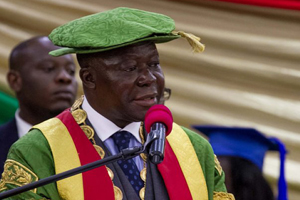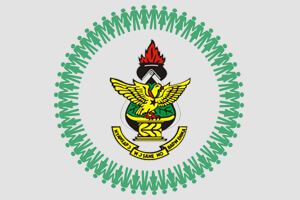On the grounds of the Department of Painting and Sculpture at the Kwame Nkrumah University of Science and Technology (KNUST), Kumasi, a modest prefabricated structure bears a humble green sign: The Older Great Hall.
To the hurried passerby, it may seem like a relic of utility, forgotten perhaps. Yet within its walls, time breathes. It is a vessel of memory, a sanctuary where faith, science, governance, and art have each left their trace.
Erected in the 1950s during the nascent days of the Kumasi College of Technology (KCT), the hall was one of the “temporary” asbestos buildings swiftly assembled under the guidance of K.H.G. Eichenberg, “Uncle Ike,” a German Jewish engineer and First World War veteran whose hands shaped permanence from impermanence. Alongside African visionaries like Michael Kofi Ameko and Emmanuel Adashie, the team laid the architectural heartbeat of a future university.
The building’s spirit has worn many robes. First, it was a Protestant Chapel, while a nearby structure, now Club B, welcomed Catholic worship.
In the early 1960s, under the visionary leadership of Dr. Robert Patrick Baffour, Vice-Chancellor from 1961 to 1967, the hall was reborn as the University’s Assembly Hall, the original Great Hall, until the iconic auditorium we know today rose in 1967.
Later, the hall became a laboratory for Biological Sciences before settling into its current incarnation in 1994 as the Graduate Studios of the Department of Painting and Sculpture. Each transformation was not an erasure but an inscription, layer upon layer of institutional memory.
Outside, stone deers stand mid-stride, forged from rock and wire. They are no mere sculpture, they watch over the Older Great Hall not as a monument to the past but as a guardian of continuity.
Plans are underway to install signage and a QR code, led by Prof. Edwin Kwesi Bodjawah. This will allow visitors, students, and staff to trace this journey for themselves. But even without digital aid, the building whispers its story to those who listen.
| Story: Emmanuel Kwasi Debrah (URO) |


















